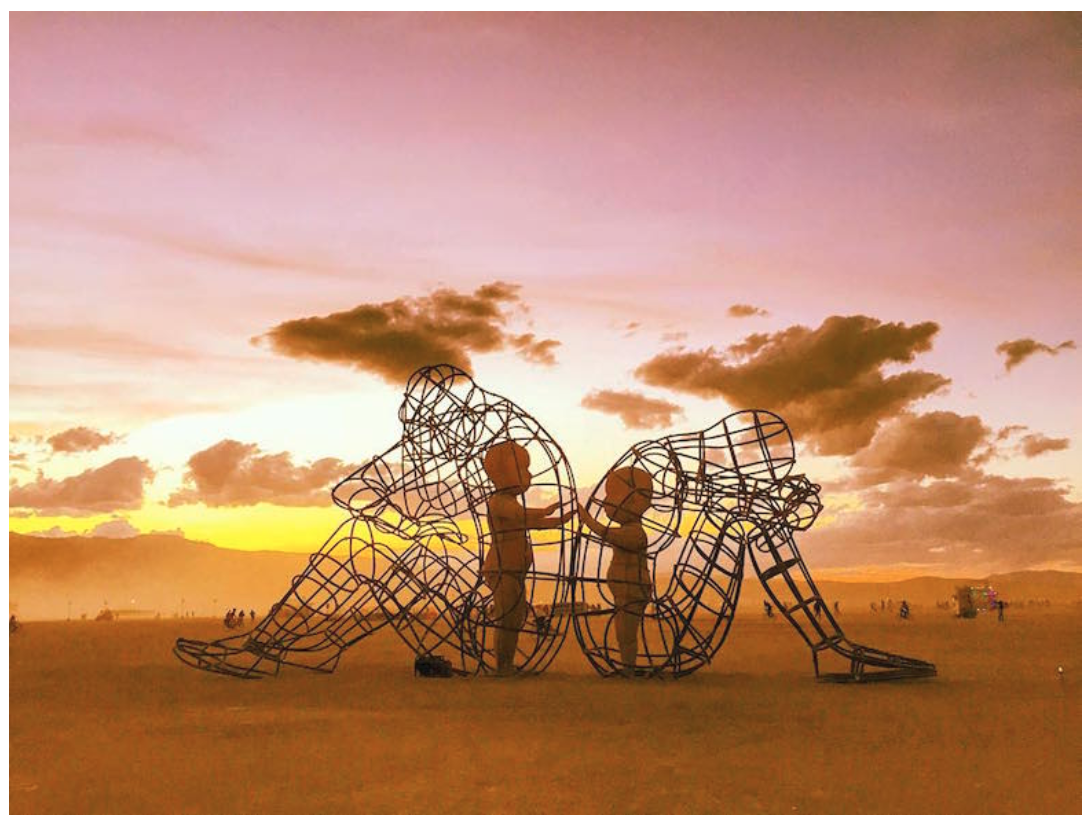What Is the Inner Child?
A term that you might have heard more recently is the “inner child”. It’s a psychoanalytic framework for understanding the interpersonal nuances of our early, developmental needs. It forms from the imprints of our childhood and how we experienced nurture, acceptance, understanding and exploration with the world around us.
Like its namesake suggests, we all have a part of ourselves that retains early experiences and emotions. It can be playful, curious, and imaginative but also steeped in past traumas, insecurities, and fears. Understanding the inner child can help individuals explore and heal from past wounds that may be impacting their present behavior.
Research has shown that experiences in early development can render a significant impact on an individual's functioning and livelihood throughout their lifetime. Traumas such as abuse, neglect, or the loss of a loved one can leave lasting imprints on a person's psyche, impacting their relationships, self-esteem, and ability to regulate their emotions. The idea of the inner child suggests that these experiences can remain with us and influence our behavior as adults. So what can we do about this?
Addressing the inner child involves acknowledging and exploring formative experiences. This may include working with a therapist to understand how past events may be impacting your current life and developing strategies to heal from traumas and chronic unmet needs. Mindfulness practices, such as meditation or journaling, can also facilitate connection and cultivate self-awareness and self-compassion. By healing the inner child, individuals can improve their overall emotional well-being and learn how to start manifesting a more fulfilling life.
Often times, the challenges of one’s present experience is rooted in events of the past. The concept of the inner child is one way to dig deep into underlying reasons for pain and hardship while exploring strategies to address them. The more you know yourself, the better equipped you are to help yourself.

